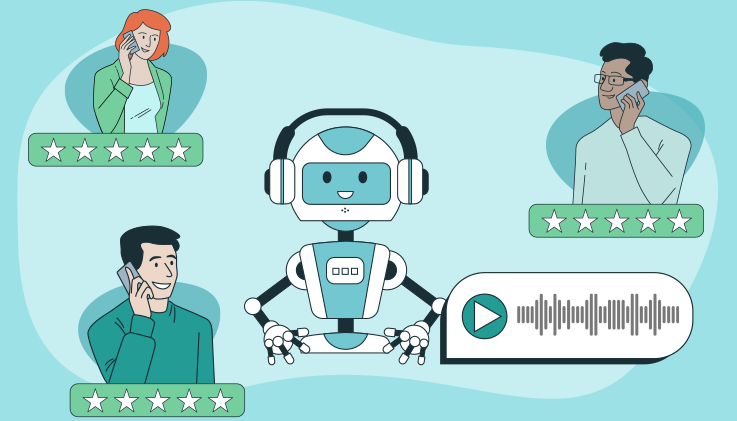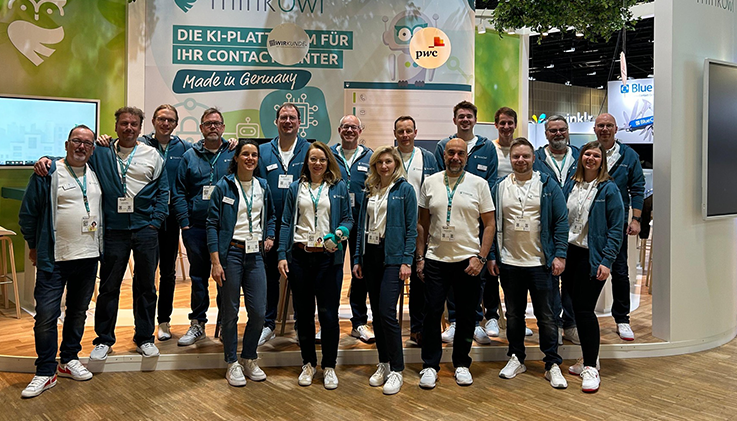In our previous article, we discussed how to create a customer journey. From awareness to consideration, conversion, retention, and advocacy, journey maps document the user’s experience with your product or service. They resemble a storyboard and map your customer's journey through different stages and emotions.
This article highlights the pitfalls to avoid while mapping customer journeys. It also discusses the reasons for customer experience breakdowns and how journey mapping can prevent such occurrences. Drive product adoption through customer journey mapping.
Overcome bias with insights
Customer journey maps clarify what customers are trying to do, what barriers they face, and how they feel during each interaction with your product or service. If you have not mapped out a customer journey, doing so can feel daunting. When creating a customer journey blueprint, do not skimp on your research. Bain & Company's research found that while 80 percent of companies think they deliver a great experience and customer support, only 8 percent of customers agree.
You cannot simply map out what you think the customer will experience. Creating customer journey maps based on your assumptions is a bad idea—because they are bound to be inaccurate. Personal bias could come in the way of your decision-making, or you could be overcome with expectation bias—what you expect to happen in the customer journey may not happen.
Most organizations strategize and make decisions based on the solid bedrock of information provided by data and analytics. You should do the same.
Also read: Why Customer Service Is Integral To New-Age Marketing Strategies
Five ways of driving product adoption for customer success teams
Getting a customer to fully embrace your product requires more than just a great trial. Here is a look at the five distinct phases where customer success teams can make a real difference.
- Product Awareness: The first step in driving production adoption is awareness. Customers must know the product and what it can do for them.
- Product Interest: Once customers know the product, it is important to generate interest. This can be done by highlighting the product's benefits and how it can help them achieve their desired outcomes.
- Product Evaluation: After customers are interested in the product, they must evaluate it to see if it fits their needs. This evaluation process includes considering the cost, comparing it to other solutions on the market, and testing it out.
- Product Trial: Once customers have evaluated the product and decided it is a good fit for their needs, they will need to try it. This is where customer success teams can provide customer support. They can help set up the product, ensure that all features are working properly, and answer any questions that arise during the trial.
- Product Adoption: After customers have tried the product and are happy with it, they must adopt it. This is where customer success teams can provide even more assistance. They can help customers implement the product, train them on its use, and provide ongoing support. Additionally, customer success teams should continue to check in with customers after adoption to ensure they are still happy with the product and meeting their needs.
Watch out for these red flags in your customer relationship
Often, when clients are not reaching out, it is usually due to the below reasons.
- There is a lack of clarity about who you help.
- Your content is just tips and tricks with no real depth.
- You are not sharing your offer enough.
- People do not see you as an expert.
- You do not have a lead-generation process in place.
- You are not making moves to invest in yourself (self-growth).
- You hide away from selling, afraid that no one will buy.
The challenges faced when creating a journey map
A well-crafted customer journey map is essential for understanding your clients. Below, we explore the key challenges that businesses face when trying to build one.
- Complex web of multiple channels.
- Monitoring user behavior across channels.
- Mapping every buyer persona in a single map.
- Missing the moments of customer silence.
5 mistakes companies make when creating customer journey maps
Customers do not distinguish between different channels, departments, or divisions in a multichannel environment. Companies must align their brand identity, voice, and standards across every digital touchpoint. Poor performance at any touchpoint or channel can devastate consumer perceptions of your company. Take a look at the common mistakes.
- You focus on touchpoints and not the journey.
- You do not include customer input.
- You make one map for every customer.
- You create maps from just a marketing standpoint.
- You think of it as a one-and-done project.
Poorly planned customer journeys can upend your business
Poor customer experiences are often a result of overly engineered customer experiences, where customer support agents are stuck with inappropriate scripts or employees across departments do not have autonomy. Most customer experience breakdowns happen when a customer issue or initiative crosses from one department to another.
Here are a few examples.
- Targeting the wrong customer persona or bad lead generation.
- Transitioning a customer from pre-sales to onboarding.
- Introducing customers to support after implementation.
- Logging customer feature requests between customer success and product development teams.
Look carefully, and you will notice that these scenarios risk lost context and communication breakdowns. From your customer's perspective, your brand image is taking a severe beating because of the following reasons:
- There was no sense of urgency created.
- Nothing was actually confirmed by you.
- You do not meet clients at their convenience.
- No enthusiasm from a brand’s CS teams to meet and help the customer during the journey.
- There was not enough trust or value built.
During these moments of truth, the customer is asking themselves:
- “Did they hear what I said?”
- “Will I have to repeat myself, yet again, to someone who has no clue who I am?”
- “Will they be able to solve my problem as quickly as I need a solution?”
- “Do they understand what I’m trying to accomplish?”
These issues affect customer satisfaction and your ability to retain and grow customers. So, what is the solution?
Besides mapping customer journeys successfully, organizations reputed for being customer-centric, and driving customer success, as well as attaining customer-value-driven growth, employ the following strategies:
- Adopt a culture of customer success.
- Hire people who are collaborative, teamwork-oriented, and who empathize with customers.
- Build a dedicated customer success team that can create realistic customer journeys.
- Design operational processes that anticipate gaps.
- Build business processes and customer support systems that do not let customers fall through the cracks.
- Invest to empower all customer-facing teams and cross-train them on all critical systems.
To deliver successful customer outcomes and experiences, you should be able to oversee process design, data-driven operations management, and cross-functional collaboration. You should also be attuned to go-to-market needs for success stories, case studies, and references.
That means you should be able to design near-perfect customer journeys. An ideal customer journey map does not flow off into too many different directions that detract from the main journey or experience you are mapping.
To keep yourself on track, ask yourself the following questions:
- "What are the starting point and ending points of this journey?"
- "What are the outcomes for the customer?"
- "What is the customer trying to achieve in this experience?"
Now, you know all about the customer journey, its phases, and how you can define your customer experience strategy through a journey map. Do not keep your customer journey map siloed or restricted to a few employees or teams. Share it with all business stakeholders, including your customers. When you share, you care.
Also read: 2022 And Beyond: Join The Customer Experience Renaissance
Let ThinkOwl take your customer success teams higher!
Protect your business's future by creating a detailed customer journey map; switch to ThinkOwl today. When you use ThinkOwl, our Owlsome team accompanies you from the beginning to give you a perfect start. You and your customer support team will receive comprehensive and professional product and sales-specific support. Leverage your business's potential with ThinkOwl! Sign up today for a 30-day free trial.













